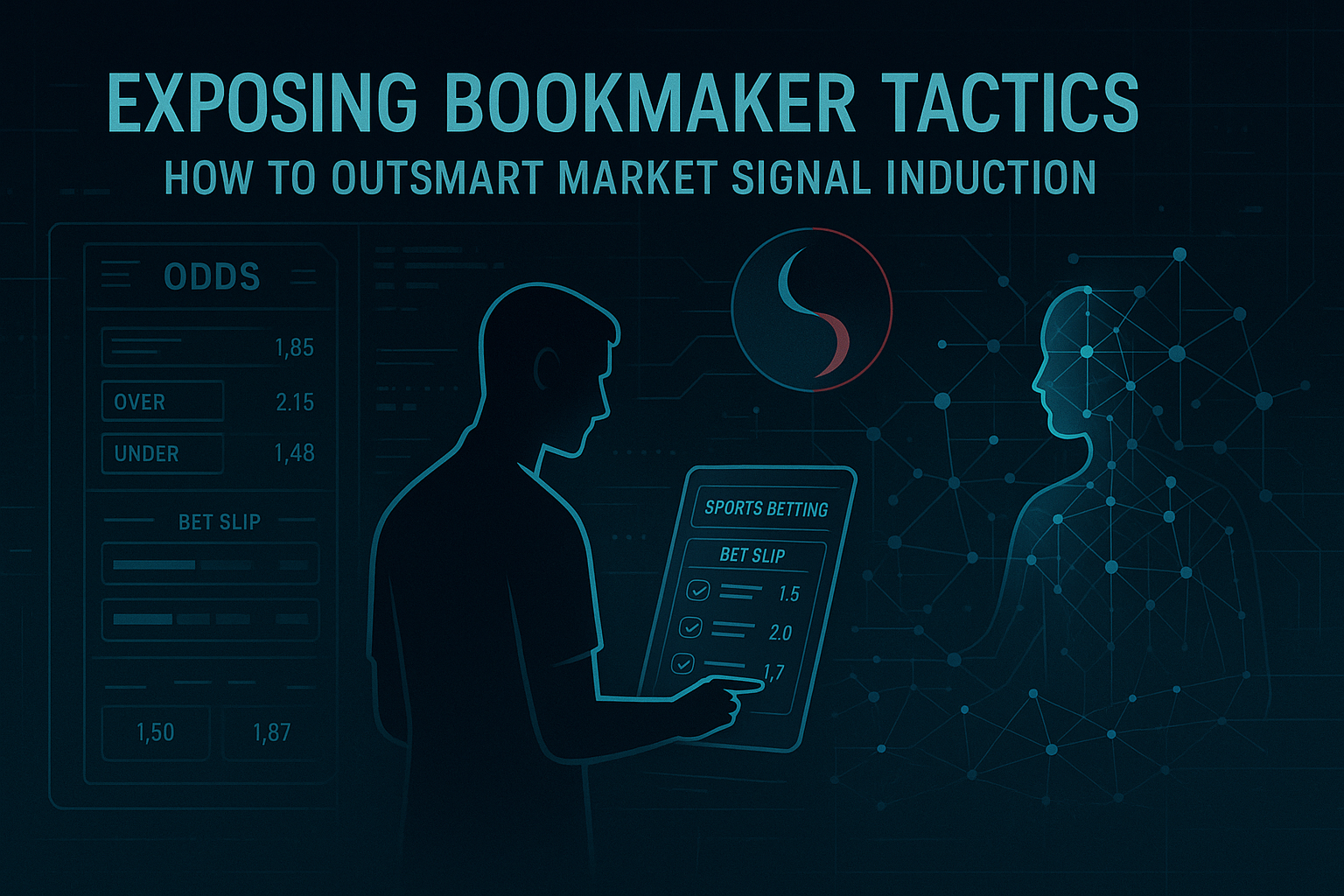Problem: Exposing a Hidden Tactic
In the evolving landscape of sports betting, savvy bookmakers employ a strategic tactic known as market signal induction. This manipulation orchestrates the flow of betting activity, leading the mainstream betting market to react in ways that cement the bookmakers’ advantageous positions. Bettors often see fluctuations in odds and assume they reflect true probabilities, but in reality, these changes are orchestrated to shape perceptions and ultimately dictate how bets are placed.
Mechanism: Hypothetical Example
Imagine a scenario where a popular football match is about to start. The bookmakers initially set the odds based on internal analyses and expected market behavior. However, they then engage in aggressive marketing on social media or through targeted ads, promoting a particular outcome. As bettors, particularly novices, flock to this seemingly high-value opportunity, they inadvertently influence the odds. The bookmakers then adjust the odds downwards to exploit this shift, while remaining insulated against potential losses stemming from the sudden influx of bets.
In this case, the bookmakers have skillfully induced market signals that led to a thickening of liquidity in their favor, cementing their profit margins even further.
Solution: AI-Based Countermeasure
To counteract the influence of market signal induction, bettors can harness the power of advanced analytics and AI-driven platforms. By employing predictive modeling, bettors can identify when the odds have been artificially adjusted in ways that diverge from historically accurate probabilities. Using machine learning algorithms, they can assess vast datasets to determine the true value of odds beyond the initial bookmaker signals.
These AI mechanisms can analyze patterns based on historical data and current market conditions, indicating when and where bookmakers are inducing these signals, thus offering an edge in making informed betting decisions.
Strategy: Actionable Framework for Savvy Bettors
1. Analyze Historical Data: Start by collecting historical odds data for the events and markets you’re interested in. Use machine learning techniques to discern normal price movements compared to fluctuations that suggest market signal induction.
2. Monitor Betting Activity: Track betting activity closely. If you notice sudden changes in odds driven by external influences (e.g., media coverage, public sentiment), consider whether the odds have become skewed.
3. Use AI Tools: Leverage AI tools for predictive analytics to assess how likely certain outcomes are based on historical performance, not just odds movements. This process helps filter out noise and focus on value.
4. Diversify Betting Markets: Don’t concentrate your efforts only on high-profile matches and mainstream betting markets. Unique betting opportunities often exist in smaller markets where market signal induction might be absent or less pronounced.
5. Keep Learning: Stay informed about market tendencies and bookmaker tactics. Regularly assessing your methods against emerging data and insights will ensure you stay ahead of the curve.

